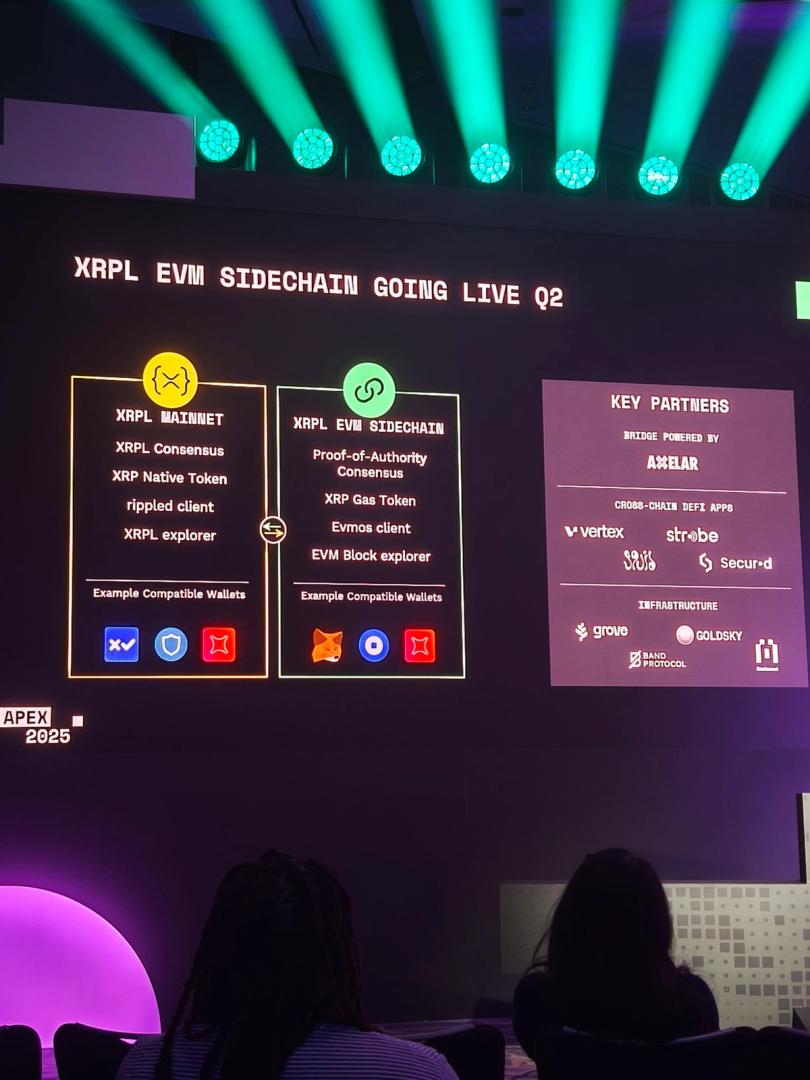
Shoppers pondering a new hairstyle can now try styles before committing to curls or a new color. An AI app by Ulta Beauty, the largest specialty beauty retailer in the U.S., uses selfies to show near-instant, highly realistic previews of desired hairstyles.
GLAMlab Hair Try On is a digital experience that lets users take a photo, upload a headshot or use a model’s picture to experiment with different hair colors and styles. Used by thousands of web and mobile app users daily, the experience is powered by the NVIDIA StyleGAN2 generative AI model.
Hair color try-ons feature links to Ulta Beauty products so shoppers can achieve the look in real life. The company, which has more than 1,400 stores across the U.S., has found that people who use the virtual tool are more likely to purchase a product than those who don’t.
“Shoppers need to try out hair and makeup styles before they purchase,” said Juan Cardelino, director of the computer vision and digital innovation department at Ulta Beauty. “As one of the first cosmetics companies to integrate makeup testers in stores, offering try-ons is part of Ulta Beauty’s DNA — whether in physical or digital retail environments.”
Adding Ulta Beauty’s Flair to StyleGAN2
GLAMlab is Ulta Beauty’s first generative AI application, developed by its digital innovation team.
To build its AI pipeline, the team turned to StyleGAN2, a style-based neural network architecture for generative adversarial networks, aka GANs. StyleGAN2, developed by NVIDIA Research, uses transfer learning to generate infinite images in a variety of styles.
“StyleGAN2 is one of the most well-regarded models in the tech community, and, since the source code was available for experimentation, it was the right choice for our application,” Cardelino said. “For our hairstyle try-on use case, we had to license the model for commercial use, retrain it and put guardrails around it to ensure the AI was only modifying pixels related to hair — not distorting any feature of the user’s face.”
Available on the Ulta Beauty website and mobile app, the hair style and color try-ons rely on NVIDIA Tensor Core GPUs in the cloud to run AI inference, which takes around 5 seconds to compute the first style and about a second each for subsequent styles.
The company next plans to incorporate virtual trials for additional hair categories like wigs and is exploring how the virtual hairstyle try-ons could be connected to in-store styling services.
“Stylists could use the tool to show our guests how certain hairstyles will look on them, giving them more confidence to try new looks,” Cardelino said.
Beyond giving customers a new way to interact with Ulta Beauty’s products, these AI-powered virtual try-ons give users a chance to be creative and explore new possibilities for their personal styles.
“Hair and makeup are playful categories,” Cardelino said. “Virtual try-ons are a way to explore options that may be out of a customer’s comfort zone without needing to commit to a physical change.”
See the latest work from NVIDIA Research, which has hundreds of scientists and engineers worldwide, with teams focused on topics including AI, computer graphics, computer vision, self-driving cars and robotics.






